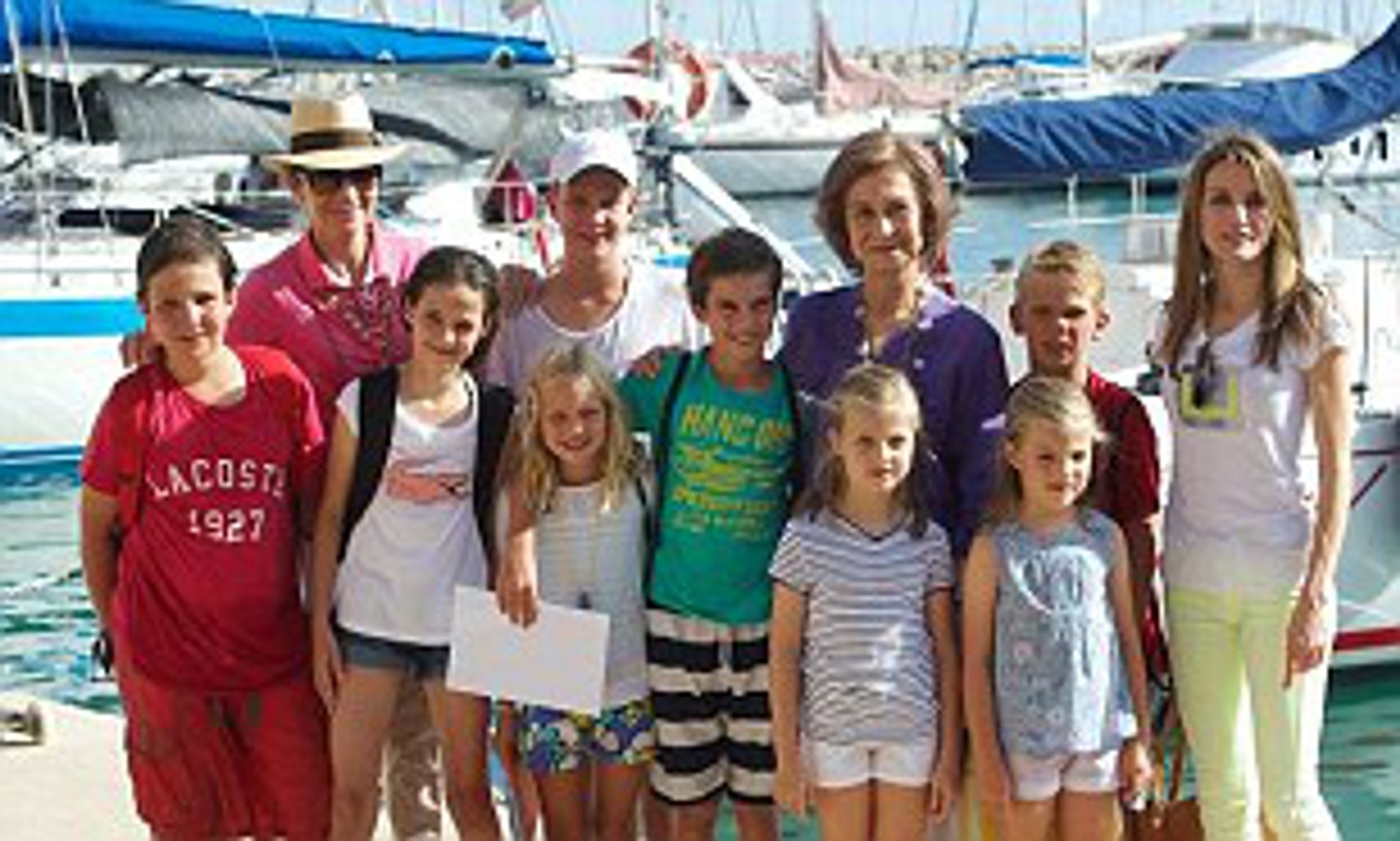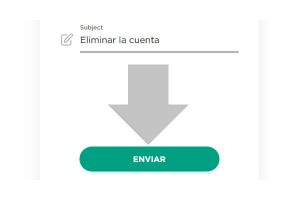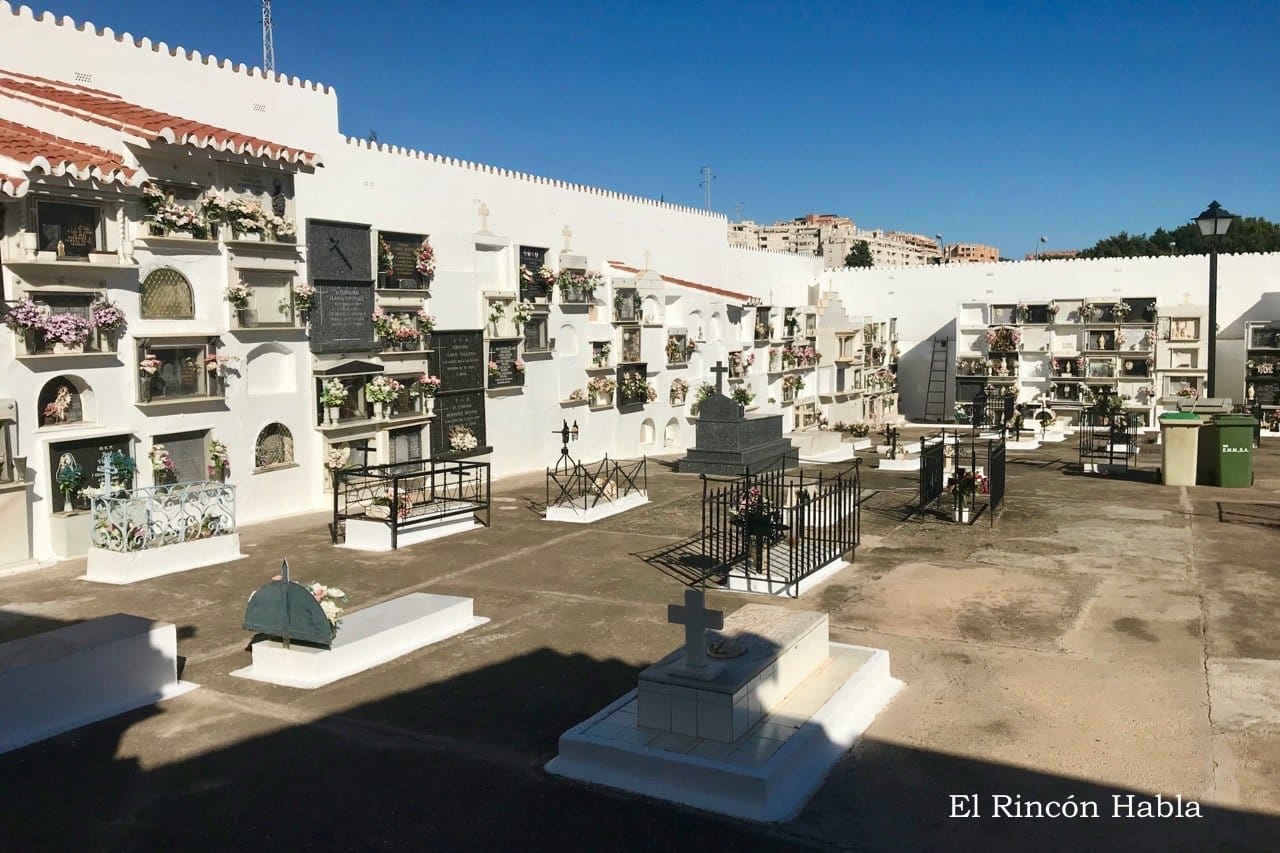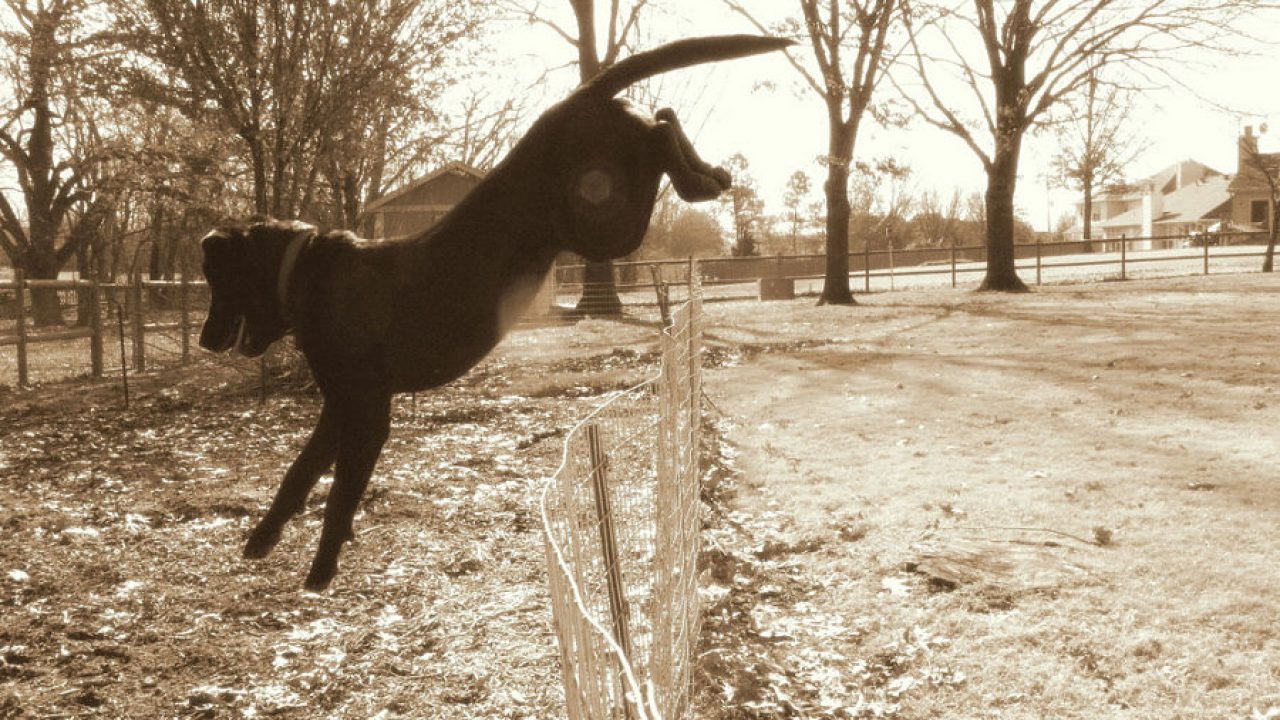Contenidos
Queen sofía of spain grandchildren
alonso pérez
The royal couple also undertook numerous official trips abroad to facilitate the establishment of foreign relations with other nations. On November 16, 1953, Federica was on the cover of Life magazine on the occasion of a visit to the United States.
The king died on March 6, 1964, and Frederica became queen mother to her son Constantine II. During her son’s reign, Frederica was criticized on numerous occasions for overly inducing the young king to meddle in the political life of the country beyond his constitutional role. In 1967, after the coup of the colonels, Federica fled Greece together with the royal family after the counter-coup attempted by Constantine failed. Federica settled in Rome. Subsequently, the royal family moved to London.
The cemetery of Tatoi, where members of the Greek royal families have been buried since 1913, is located in the forest surrounding the palace, a 4000 hectare plot at the foot of Mount Parnitha, and among the tombs stands the Orthodox chapel, called the Church of the Resurrection.[7] The cemetery of Tatoi is located in the forest surrounding the palace, a 4000 hectare plot at the foot of Mount Parnitha.
spanish royal family family tree
During his childhood he had to leave Greece with his entire family because of the German invasion during World War II, remaining in Egypt and South Africa. They later moved to London, where they spent the rest of the war.
Queen Sophia, despite being the daughter of princes and not of kings at the time of her birth, always held the title of Her Royal Highness Princess Sophia of Greece and Denmark, being the first-born daughter of the crown princes of the kingdom of Greece and also the granddaughter of King Constantine I.
She is an honorary member of the Royal Academy of Fine Arts of San Fernando and the Royal Academy of History. She has received honorary doctorates from the universities of El Rosario (Bogotá), Valladolid, Cambridge, Oxford, Georgetown, Évora, St. Mary’s University (Texas), New York and Seisen (Tokyo).
She holds the title of queen consort. Like the entire Hellenic royal family, her family origins are mainly Danish, with important German and Russian alliances. Among other historical figures, she is directly descended from Empress Catherine the Great, St. Elizabeth of Hungary, Kaiser Wilhelm II of Germany and Queen Victoria of the United Kingdom.
leonor, princess of asturias
In addition to the competencies attributed to the Civil and Criminal Chambers of the Supreme Court in Articles 56 and 57, these Chambers shall hear and try civil and criminal actions, respectively, directed against the Queen consort or the Queen’s consort, the Princess or Prince of Asturias and his consort, as well as against the King or Queen who has abdicated and his or her consort.[9] The dignity of Prince or Princess of Asturias and the treatment of royal highness correspond to the heir to the Crown from the very moment of his or her position in the position of Prince or Princess of Asturias.
The dignity of Prince or Princess of Asturias and the treatment of royal highness correspond to the heir to the Crown from the very moment of his or her positioning in the first place in the order of succession to the throne, either by birth (as would be the case of the first son of the King) or by subsequently passing to occupy that place (as would be the case if the Prince of Asturias died without offspring but the King had other sons or daughters).
Transitional provision four of Royal Decree 1368/1987, of November 6, (amended on June 13, 2014): on the regime of titles, treatments and honors of the royal family and regents:
paul of greece
She is also descended from King George III of the United Kingdom, which made her, at birth, the thirty-fourth pretender to the British throne. Her father, King Paul I of the Hellenes, was the third son of Constantine I of Greece and Princess Sophia of Prussia, of the House of Hohenzollern. Sophia is thus the
her father became King as Paul I, after a referendum that went in favor of the monarchy. But there was another exile that deeply marked Sophia and the entire Greek royal family: when her brother Constantine II of Greece swore allegiance to the military government that staged a coup d’état in 1967 and had to go into exile with his family. In 1974, the monarchy was abolished and, only in 2013, the
duty was to be at the side of King Juan Carlos. His second objective was to provide him with a home and a family, after a lonely childhood and youth, in exile, serving as a pawn in the negotiations between his father and Franco. In addition, Juanito, as his close friends called him, had lived through a tragedy difficult to forget:







